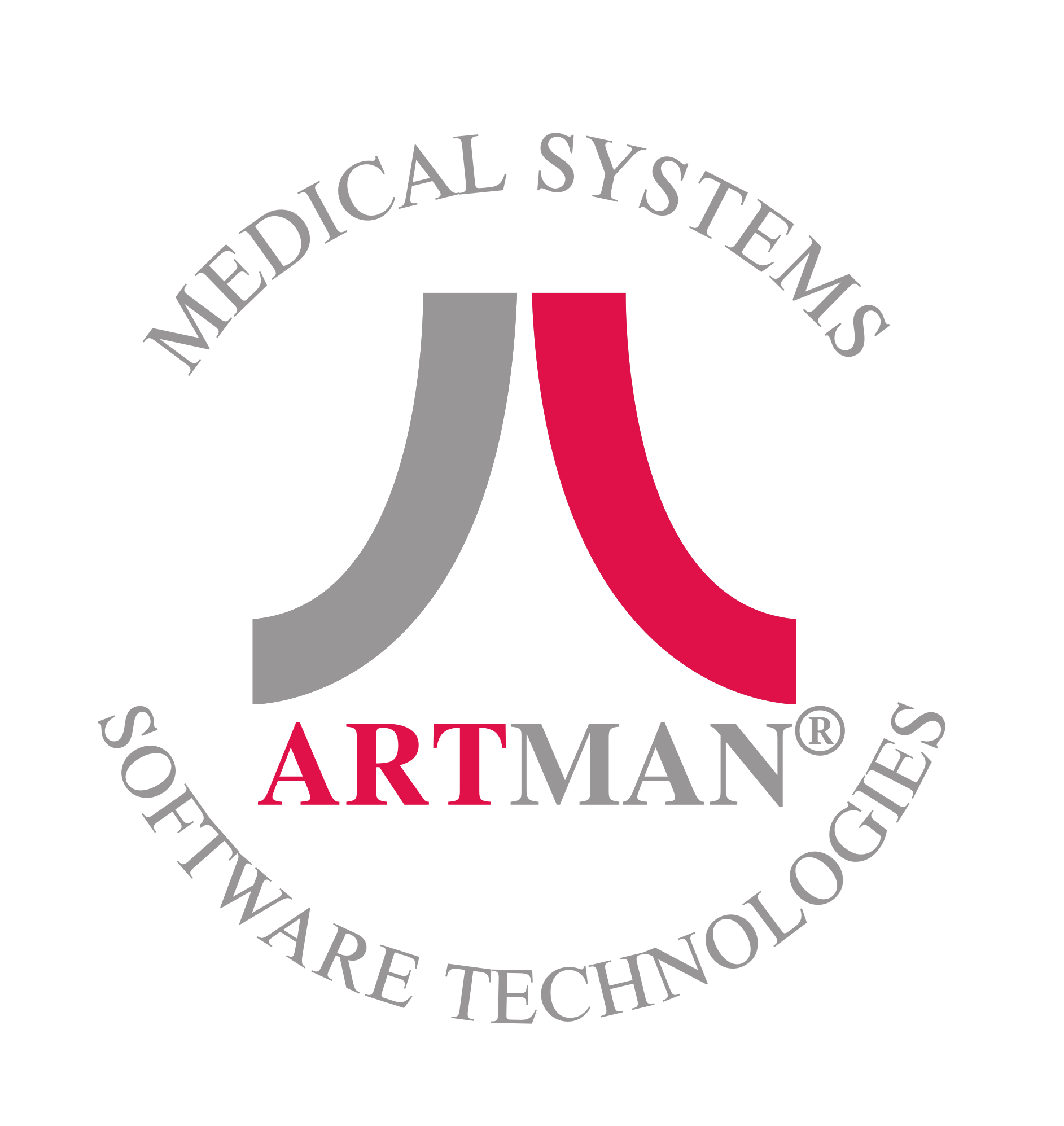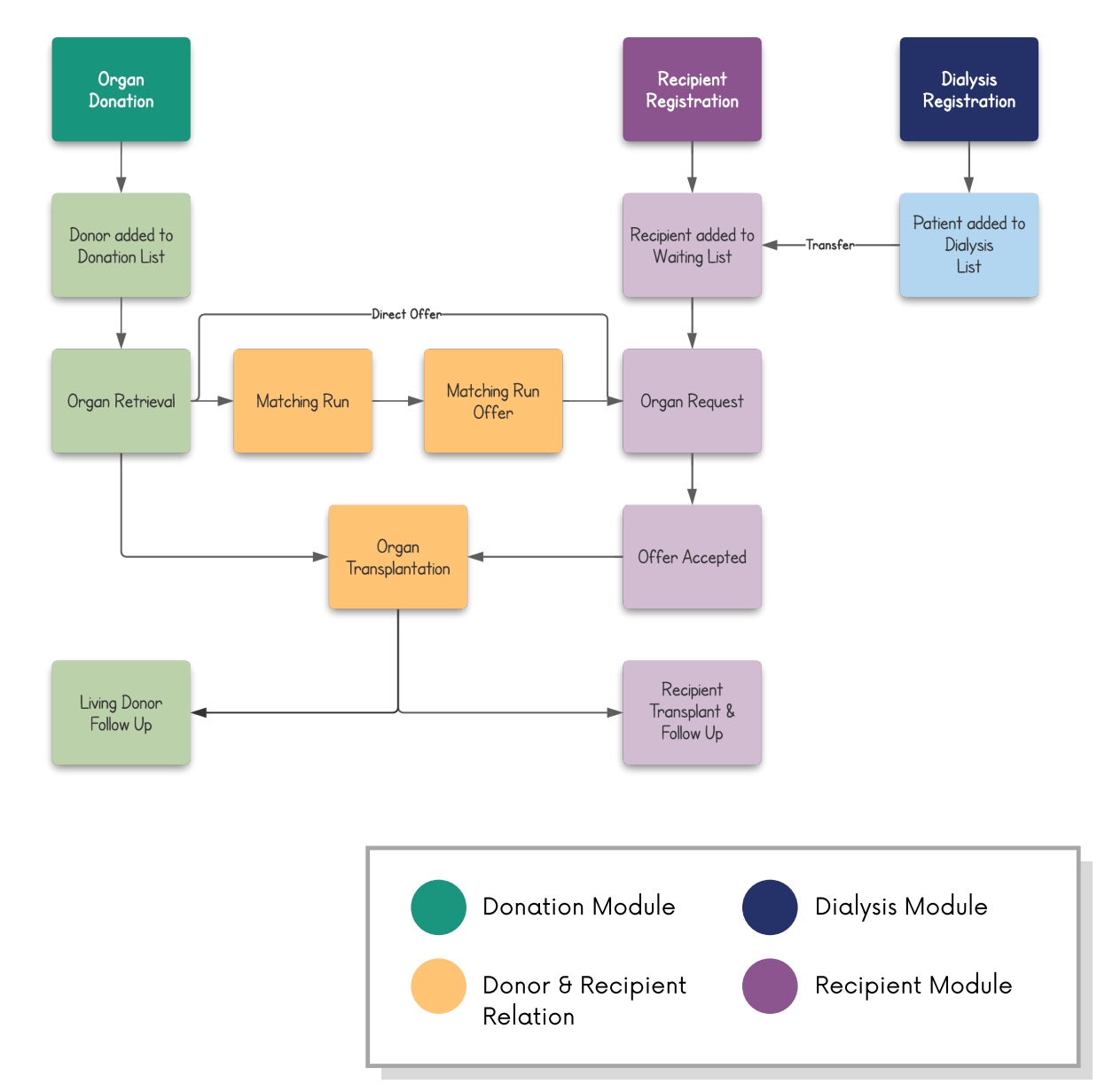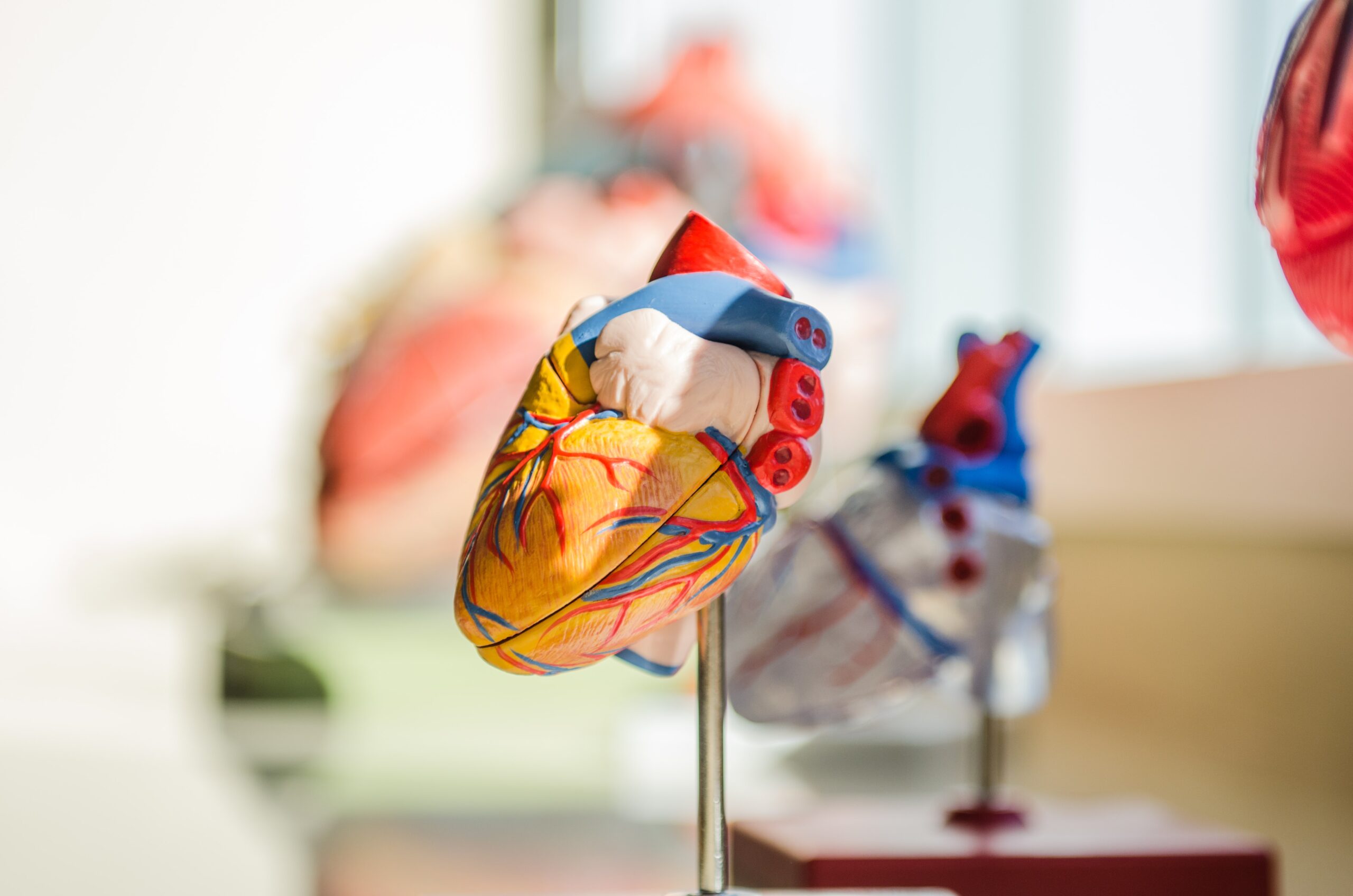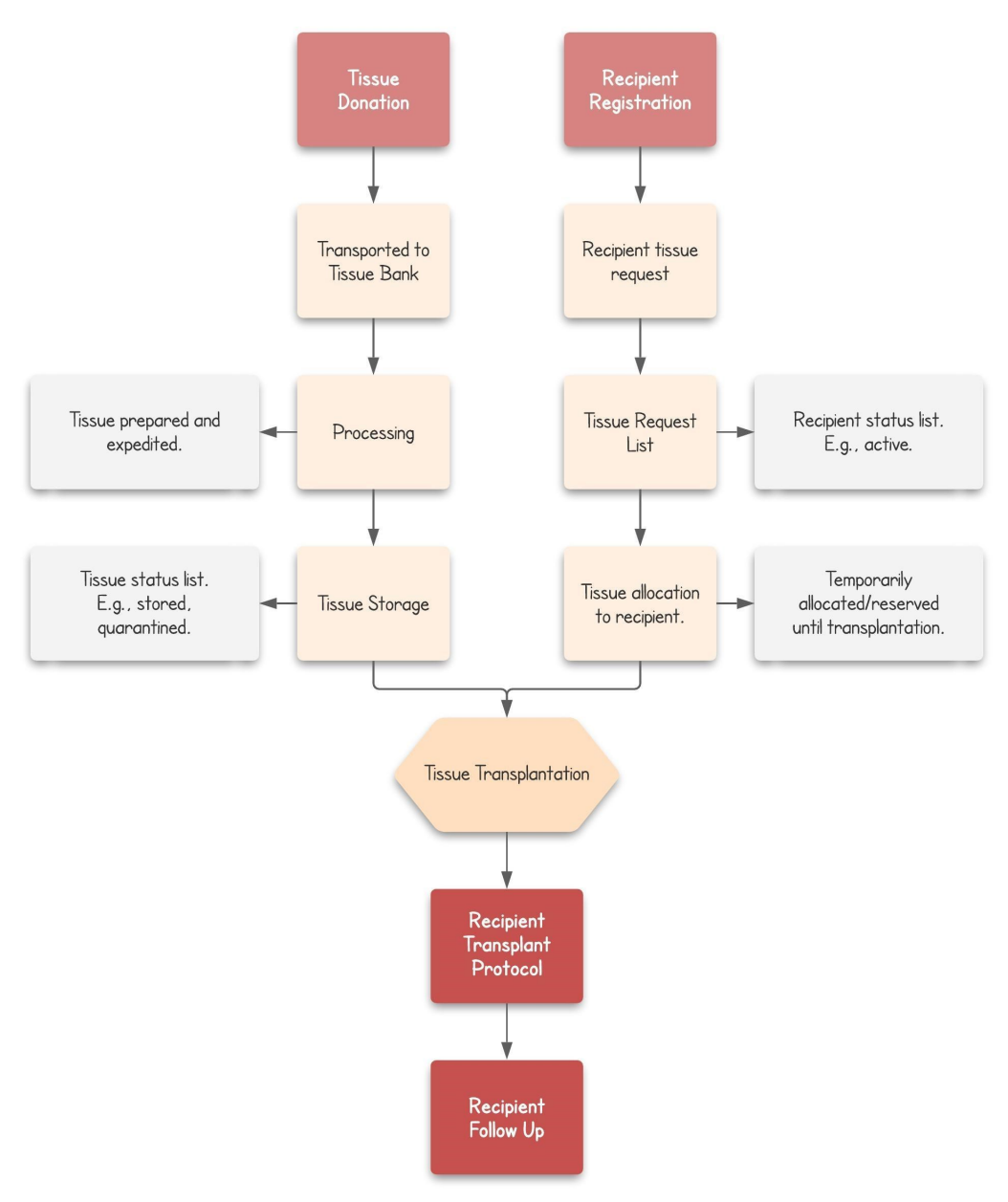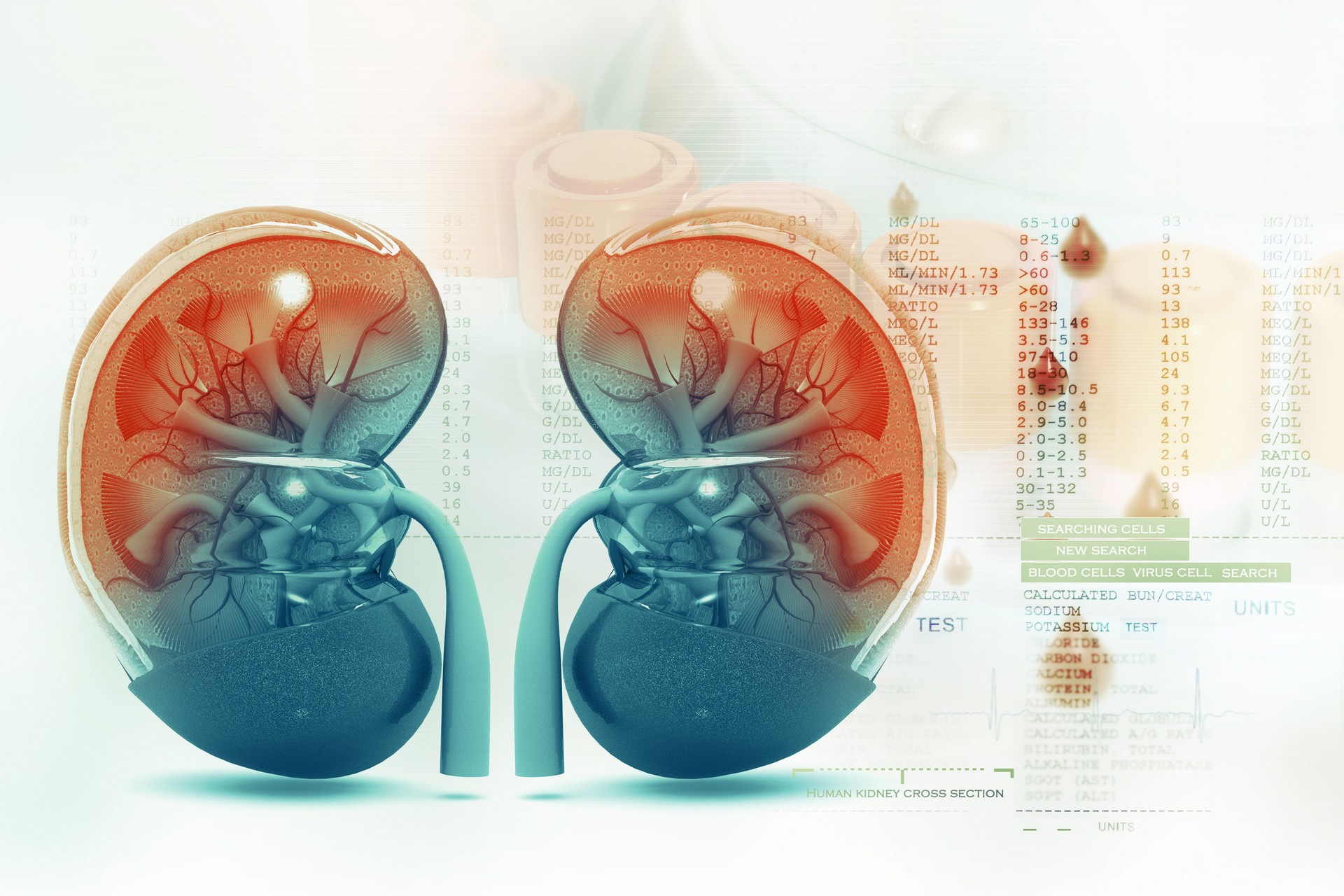National Transplant
Information
Systems
Transplantation is a complex and challenging process that requires careful management and coordination among various stakeholders, including patients, donors, medical professionals, and healthcare organizations. To help facilitate this process, the National Transplant System is a modular architecture which has been designed to streamline the transplantation process, from managing dialysis patients to matching donors and recipients in the most fair way possible.
The software provides a comprehensive solution for managing the transplantation process, from donor identification through post-transplant monitoring. It streamlines workflows, reduces administrative burdens, and improves patient outcomes, making it an invaluable tool for healthcare organizations and patients alike.
Modules
The National Transplant Procurement and Information System is currently capable of processing, procuring and transplanting 8 main organs, 84 different tissue types and 4634 tissue products.
The application process flowchart on the left displays the relationships between the donation, recipient and dialysis modules and how they are all connected. National Transplant Information System for Organs, Cells and Tissues is composed of:
– National Procurement Organisations (OPOs) for Solid Organs and Tissues and Cells
– Donations, Transplant, Dialysis and Follow Up Centres
– HLA Labs
– Tissue and Eye Banks
– National Tissue Storages
– Matching Run Algorithms
– Research Labs
Organ Transplant Process
Commonly at a national level, recipients who require an organ are placed on a waiting list. Once a donor organ becomes available, a matching algorithm is run to match the most suitable recipient to the donor. The application also allows direct organ transfers for living donors. Following the surgery, the recipients (and living donors) will be closely monitored and all data will be collected onto the system. The follow up system notifies the medical staff to bring in the recipients/donors for check ups to allow them to monitor their health closely in the months and years following the transplant.
Tissue Transplant Process
The National Information System also includes the donation and recipient modules specific for tissue transplantation, as can be seen in the application process flowchart on the left. Commonly tissue recipients do not have to wait on a waiting list, as tissue can be stored and there are generally higher quantities. Therefore the recipients are put on a request list where stored tissue can be immediately matched and allocated to them. As with organ transplantation, following the surgery, the recipients are closely monitored and all data will be collected onto the system. The follow up system notifies the medical staff to bring in the recipients for check ups to allow them to monitor their health closely in the months and years following the transplant.
Dialysis Hospital System
Dialysis is used to treat chronic kidney disease, end-stage kidney failure, and other conditions that can damage the kidneys. The National Information System includes a dialysis module, including the hospital processes, registry of patients and laboratory tests. Both types of procedures, hemodialysis and peritoneal dialysis are available in the application. If the patient requires a kidney transplant, they can be directly transferred to the kidney waiting list as a recipient.
Statistics
The National Information System contains a statistics module, which allows healthcare providers and researchers to analyse the data collected during the transplantation process. This information can help identify trends, patterns, and other valuable insights that can be used to improve the overall effectiveness of the transplantation process. This includes identifying areas for improvement, optimizing resource allocation, and enhancing the quality of care provided to transplant patients.
Administration Module
An administration module in the National Transplant Information System allows authorised users to perform administrative tasks related to managing the software application. It presents an interface or dashboard to manage features, perform system configuration or settings, monitor user activities and generates important reports. The role and user permissions are also included in the administration module; defining what actions users with different roles can perform within the software application.
More information on info@artman.eu or on request demo page. Please see also our Interactive demo.
The National Transplant Procurement and Information System is currently capable of processing, procuring and transplanting 8 main organs, 84 different tissue types and 4634 tissue products.
The application process flowchart on the left displays the relationships between the donation, recipient and dialysis modules and how they are all connected. National Transplant Information System for Organs, Cells and Tissues is composed of:
– National Procurement Organisations (OPOs) for Solid Organs and Tissues and Cells
– Donations, Transplant, Dialysis and Follow Up Centres
– HLA Labs
– Tissue and Eye Banks
– National Tissue Storages
– Matching Run Algorithms
– Research Labs
Organ Transplant Process
Commonly at a national level, recipients who require an organ are placed on a waiting list. Once a donor organ becomes available, a matching algorithm is run to match the most suitable recipient to the donor. The application also allows direct organ transfers for living donors. Following the surgery, the recipients (and living donors) will be closely monitored and all data will be collected onto the system. The follow up system notifies the medical staff to bring in the recipients/donors for check ups to allow them to monitor their health closely in the months and years following the transplant.
Tissue Transplant Process
The National Information System also includes the donation and recipient modules specific for tissue transplantation, as can be seen in the application process flowchart on the left. Commonly tissue recipients do not have to wait on a waiting list, as tissue can be stored and there are generally higher quantities. Therefore the recipients are put on a request list where stored tissue can be immediately matched and allocated to them. As with organ transplantation, following the surgery, the recipients are closely monitored and all data will be collected onto the system. The follow up system notifies the medical staff to bring in the recipients for check ups to allow them to monitor their health closely in the months and years following the transplant.
Dialysis Hospital System
Dialysis is used to treat chronic kidney disease, end-stage kidney failure, and other conditions that can damage the kidneys. The National Information System includes a dialysis module, including the hospital processes, registry of patients and laboratory tests. Both types of procedures, hemodialysis and peritoneal dialysis are available in the application. If the patient requires a kidney transplant, they can be directly transferred to the kidney waiting list as a recipient.
Statistics
The National Information System contains a statistics module, which allows healthcare providers and researchers to analyse the data collected during the transplantation process. This information can help identify trends, patterns, and other valuable insights that can be used to improve the overall effectiveness of the transplantation process. This includes identifying areas for improvement, optimizing resource allocation, and enhancing the quality of care provided to transplant patients.
Administration Module
An administration module in the National Transplant Information System allows authorised users to perform administrative tasks related to managing the software application. It presents an interface or dashboard to manage features, perform system configuration or settings, monitor user activities and generates important reports. The role and user permissions are also included in the administration module; defining what actions users with different roles can perform within the software application.
